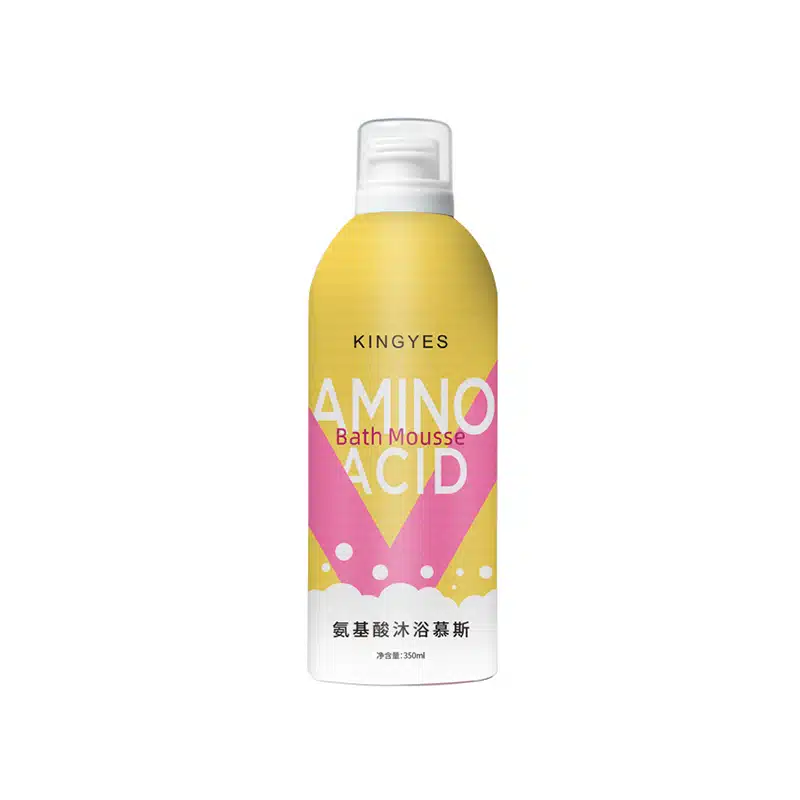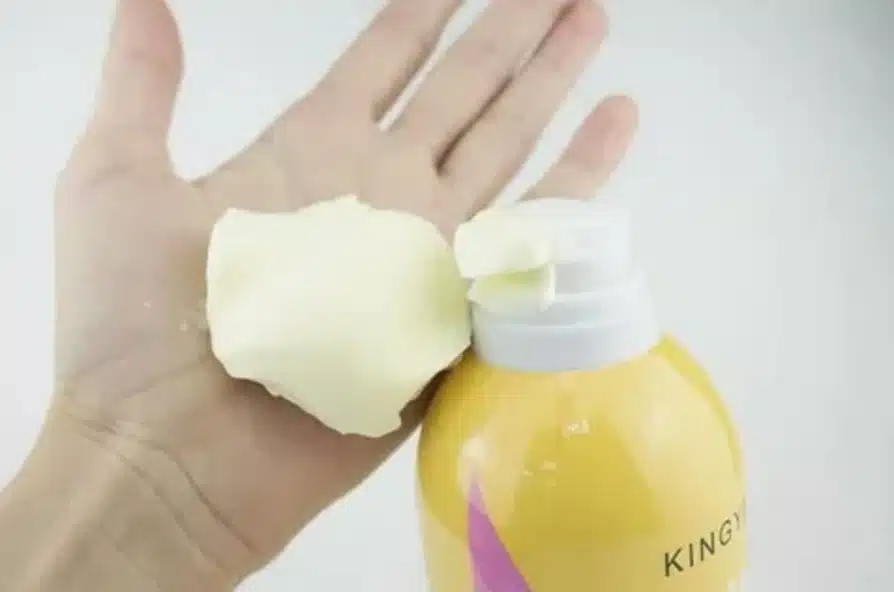
Wat is de regel bij haarkleuring?
Inhoudsopgave
Essential Rules of Hair Coloring: A Complete Guide to Perfect Results
This comprehensive guide breaks down the science, techniques, and vital principles behind successful hair coloring, helping you avoid common pitfalls and achieve your desired haarkleur transformation.
Understanding Color Theory: The Foundation of Hair Coloring
Color theory forms the backbone of successful hair coloring. The color wheel serves as your roadmap:
- Primary colors: Red, blue, yellow
- Secondary colors: Green, orange, purple
- Tertiary colors: Combinations of primary and secondary
Understanding complementary colours helps neutralize unwanted tones. For example, purple cancels yellow, while green neutralizes red.
What Are the Different Types of Hair Color Products?
Hair color products come in several formulations:
Permanent color:
- Penetrates the hair shaft
- Provides complete gray coverage
- Lasts until hair grows out
Semi-permanent:
- Coats the hair surface
- Gradually fades
- No ammonia
Demi-permanent:
- Partially penetrates cuticle
- Moderate gray coverage
- Less damage than permanent
The Science Behind Hair Color Formulation
Hair color formulation involves complex chemistry:
| Component | Doel | Common Types |
|---|---|---|
| Developer | Oxidizing agent | 10, 20, 30, 40 volume |
| Pigments | Color molecules | Direct, oxidative |
| Alkalizing agents | Opens cuticle | Ammonia, MEA |
How Does Natural Hair Color Affect the Process?
Your natural haarkleur significantly impacts the coloring process:
- Level 1-5: Dark brown to black
- Level 6-7: Medium brown
- Level 8-10: Light brown to blonde
Darker hair requires more processing to lighten, while lighter hair accepts color more readily.
Essential Pre-Coloring Steps and Tests
Before applying any haarkleur:
- Perform a skin test
- Assess hair condition
- Check scalp health
- Determine current level
- Choose appropriate developer
Professional Tips for Color Application
Expert tips from experienced colorists:
- Section hair properly
- Apply color to roots first
- Maintain consistent timing
- Use appropriate tools
- Monitor processing carefully
Common Hair Coloring Mistakes to Avoid
Frequent pitfalls include:
- Skipping strand tests
- Using incorrect developer strength
- Poor sectioning technique
- Inconsistent application
- Inadequate processing time
How to Maintain Colored Hair?
Proper maintenance ensures longevity:
- Use color-safe products
- Avoid heat styling
- Regular deep conditioning
- UV protection
- Proper washing technique
The Role of Professional Expertise
When to seek professional help:
- Major color changes
- Color correction
- Complex techniques
- High-lift processes
- Bleaching services
FAQs
How often should I color my hair?
Every 4-6 weeks for root touch-ups, or 8-10 weeks for all-over color.
What’s the safest way to lighten dark hair?
Gradual lightening over multiple sessions using appropriate developer strengths.
Can I color my hair if I have scalp sensitivity?
Conduct a patch test and consider using gentle, ammonia-free formulations.
How do I choose the right developer volume?
Select based on desired lift: 10 volume for deposit only, 20 for 1-2 levels, 30 for 2-3 levels.
What should I do if my color turns out too dark?
Wait 48 hours before attempting color correction, preferably with professional help.
Key Points to Remember
- Always perform patch and strand tests
- Understand your natural level and desired outcome
- Choose appropriate developer strength
- Follow processing times exactly
- Use proper sectioning techniques
- Maintain regular maintenance routine
- Keep hair healthy between colorings
- Document your color formulas
- Consider professional help for major changes
- Never mix different brands of color
Remember that successful hair coloring requires knowledge, patience, and attention to detail. Whether you’re a professional or home colorist, following these fundamental rules will help you achieve beautiful, lasting results.
Reacties

Waar wordt badmousse voor gebruikt?
Heb je je ooit afgevraagd waar badmousse voor wordt gebruikt en hoe het je doucheroutine kan verbeteren?

What Does Hair Removal Spray Do?
Heb je je ooit afgevraagd hoe snel ontharingsspray werkt en of het de juiste methode voor jou is?

Hoe lang blijft zelfbruinende mousse zitten?
Heb je je ooit afgevraagd hoe lang je zelfbruinende mousse die gouden gloed op je huid houdt?

Waar wordt haarstylingmousse voor gebruikt?
Heb je je ooit afgevraagd hoe je thuis een salonlook kunt krijgen?

Waarom raden deskundigen geen zonnebrandspray aan?
Heb je je ooit afgevraagd of een zonnebrandspray net zo effectief is als een lotion?
- +86 151 1839 7303
- [email protected]
- Ma t/m zo 07:00-23:00
Tags

What Is The Process Of Making Cosmetics?
Have you ever looked at your favorite cosmetic product and wondered how it was made?

What Do Cosmetic Manufacturers Do?
Ever wondered how your favorite lipstick, foundation, or moisturizer goes from an idea to the beautifully packaged product on the shelf?

Do You Set Before Or After Setting Spray?
The world of makeup is filled with tips, tricks, and techniques to achieve a flawless, long-lasting makeup look.






